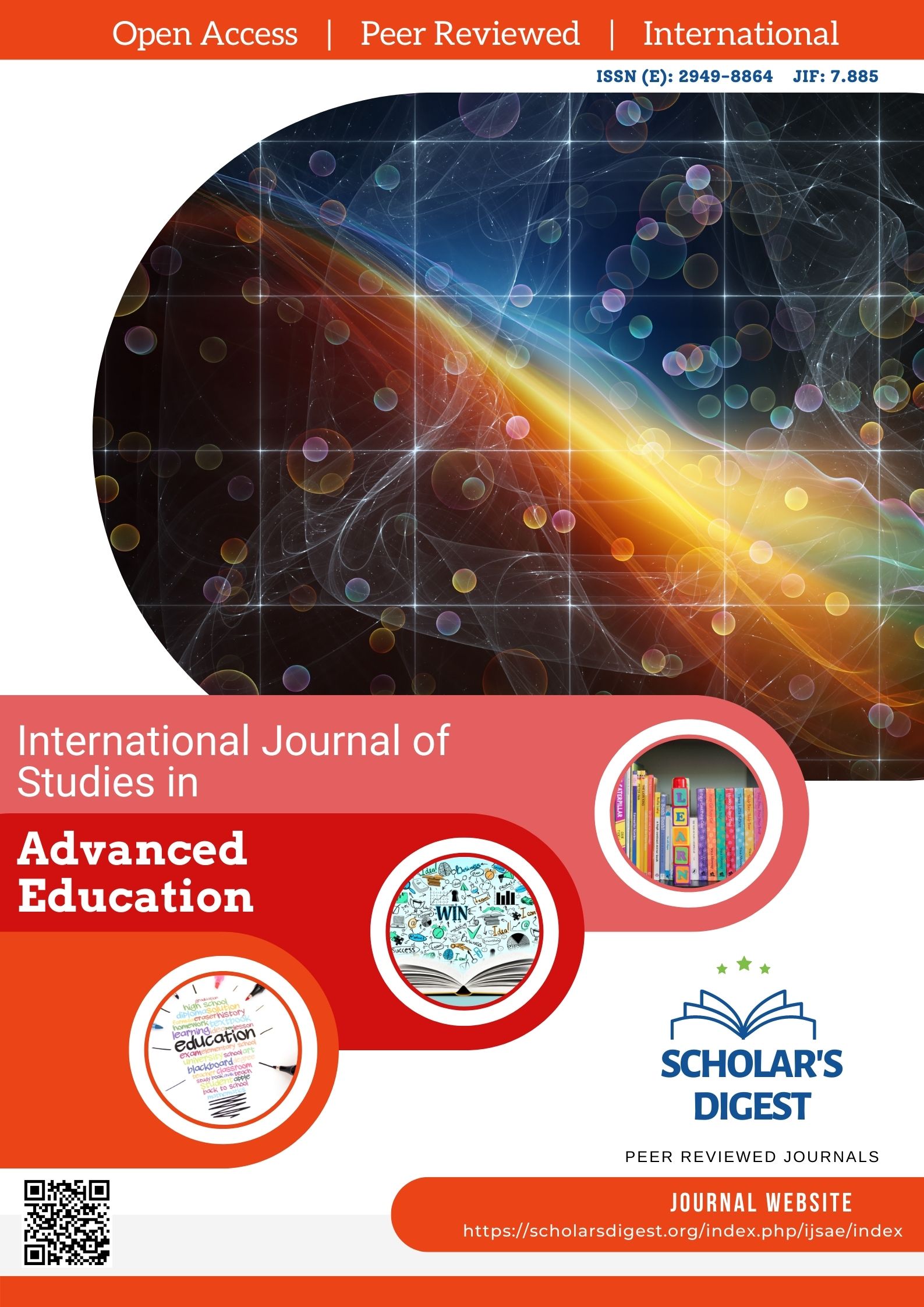STRATEGIC ALLIANCES IN THE AGE OF ECOSYSTEM COMPETITION: RETHINKING COLLABORATION, COOPETITION, AND VALUE CO-CREATION
Keywords:
Strategic Alliances, Coopetition, Co-creation, Resource Fluidity, Relational Ambidexterity, Strategic Resilience, Alliance Ecosystems.Abstract
Strategic alliances have been considered by various authors as important tools through which firms have looked to access the complementary resources, improve on innovation and reach more markets. Nonetheless, the rising environmental turbulence, digitization and the factor of ecosystem-based competition have thwarted the traditional alliance model that dwells on dyadic collaboration and transacting efficiency. This paper conceptualizes strategic alliances as dynamic ecosystems and introduces the Alliance Ecosystem Model (AEM), which highlights three interdependent pillars: relational ambidexterity, resource fluidity, and strategic resilience. Relational ambidexterity highlights the capability of the alliance partners to cope with cooperation and competition, that is, coopetition to create value in alliance, and also protect competitive interests. Resource fluidity underlines the flexible re-application of knowledge, technologies and capabilities to partners and platforms so that alliances can be adaptive in rapidly shifting environments. Strategic resilience as the ability to support alliances to survive a disruption, shocks, and recover collectively to a state that can restore long-term competitiveness. The article contributes to the theoretical discussion by changing the unit of analysis to that of the ecosystem instead of bilateral relationships collaborating with the searching dynamic capabilities theory, paradox theory, and service-dominant logic. It also demonstrates managerial and policy ramifications of adopting alliances not as fixed contractual platforms but co-creation, innovatory and resiliency-conceptualising platforms in flux. Recommended avenues of future research are also suggested such as the empirical operationalization of relational ambidexterity, network-level research of resource mobility, and cross-industry evaluations of resilience performance. Through reframing alliances, based on the AEM, this research will make a contribution to theory and practice by re-positioning alliances as flexible, teamwork infrastructures that support sustained competitive advantages in environments that are complex and uncertain.
Downloads
Published
Issue
Section
License

This work is licensed under a Creative Commons Attribution-NonCommercial 4.0 International License.








